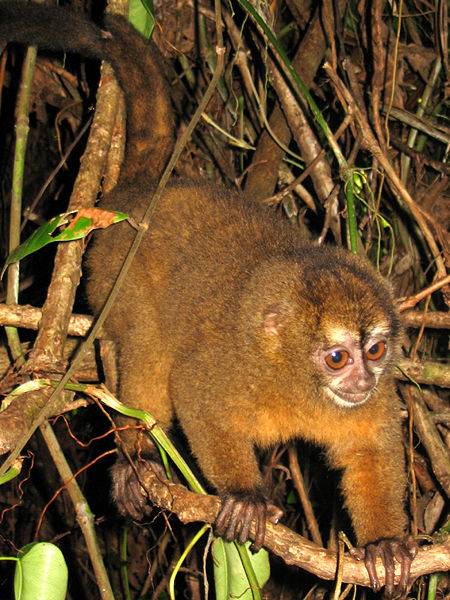
In order to get the week of Wild Facts started off on a the right foot, I figured we would do another Monkey Monday. For some reason, talking about monkeys always makes me laugh and puts me into a great mood. Let’s face it, we could all use an uplifting Wild Fact to start the week off. The monkey that has the task of turning a plain ol’ Monday into a barrel of laughs is the Night Monkey, also known as the Owl Monkey. These little monkeys are widely distributed throughout the forests of Central and South America. It sure does seem like those forests are chalked full of entertaining animals.
At first glance you may have noticed that the Night Monkey is missing their ears. Obviously these monkeys have ears but they tend to be small and hidden. In fact, the genus of the Owl Monkey, which is Aotus actually means “earless”. Clearly the scientist who named this monkey did not take a closer look at them. Even though their ears are tiny, this doesn’t mean that the rest of their attributes follow suit. of course I am talking about their eyes, which are quite large. As their name suggests the Night Monkey is actually a nocturnal monkey, so they are active during the night. Yes, these large brown eyes are perfect for collecting the little light available during these darker hours. Hmmm… I suppose their second name, Owl Monkey, is also derived from their large eyes and night time habits, but this is just a guess.

Even if you never get to see the Night Monkey, I am sure you will have plenty of opportunities to hear them. These monkeys may be small but they sure are loud. In fact they have a variety of noises that they can make. Some of the sounds in their vast repertoire include grunts, screams, moans, shrills and even gulps and hoots. Why is it always the nocturnal animals that make such loud noises? Is this nature’s cruel joke so we can’t get any sleep?
Night Monkey Fast Fact – The Night Monkeys are one of the few New World Monkeys that are not able to see colour. In reality, it probably wouldn’t be much of a benefit to see colour if you are only active at night. Other monkeys may be able to see the vibrant colours of the world but the Owl Monkey has higher spatial resolution at night which allows them to catch insects and move about in the dark of the night. Personally, I wouldn’t give up my seeing colours for better night vision but then again, I am not a Night Monkey.
Well that does it for Monkey Monday. I hope today’s fact started your week off just right. If it didn’t then I suggest looking at the second picture of the monkeys again. See, even they are smiling because it’s Monday. Enjoy the rest of your day.

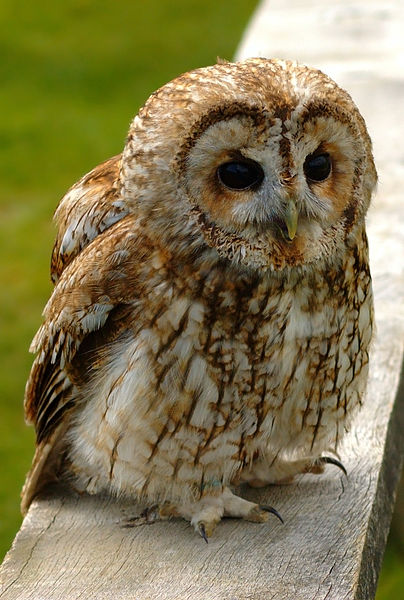
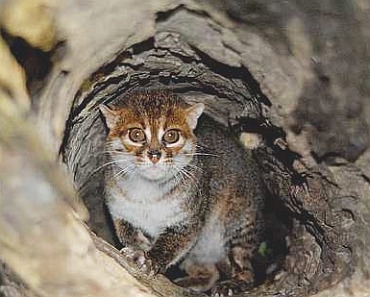
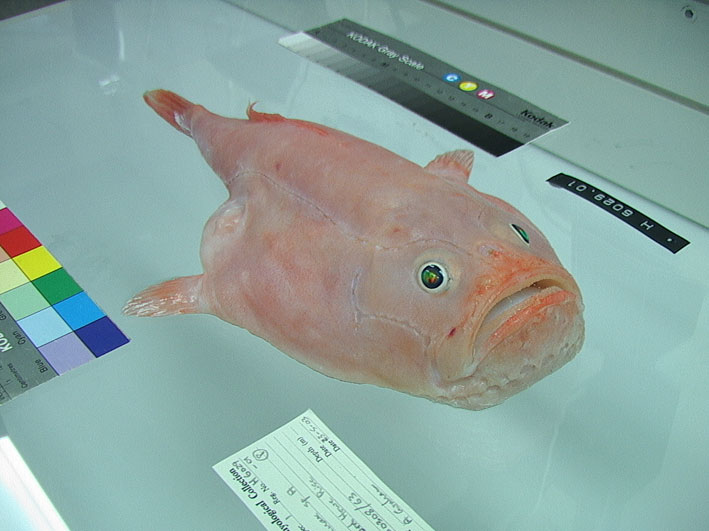


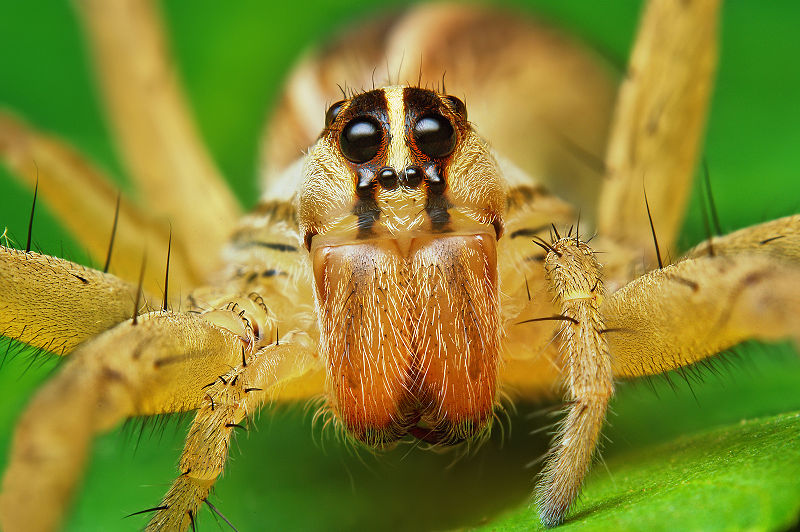
Nathan, I have been having the time of my life going through your posts. Your pictures are wonderful and the information is astounding. I also like the variety of animals you choose to highlight.
Wild Facts is Nature Site of the Week at Nature Center Magazine.
Emma Springfield
Hi Emma,
Thank you so much for the nice words. Nature Center Magazine is an amazing website so I am absolutely honoured to have Wild Facts as the site of the week.
I highly recommend anyone reading this comment to go and check out http://www.nc-mag.com (or you can just click on Emma’s name). You will be happy that you did – great site full of incredible information.